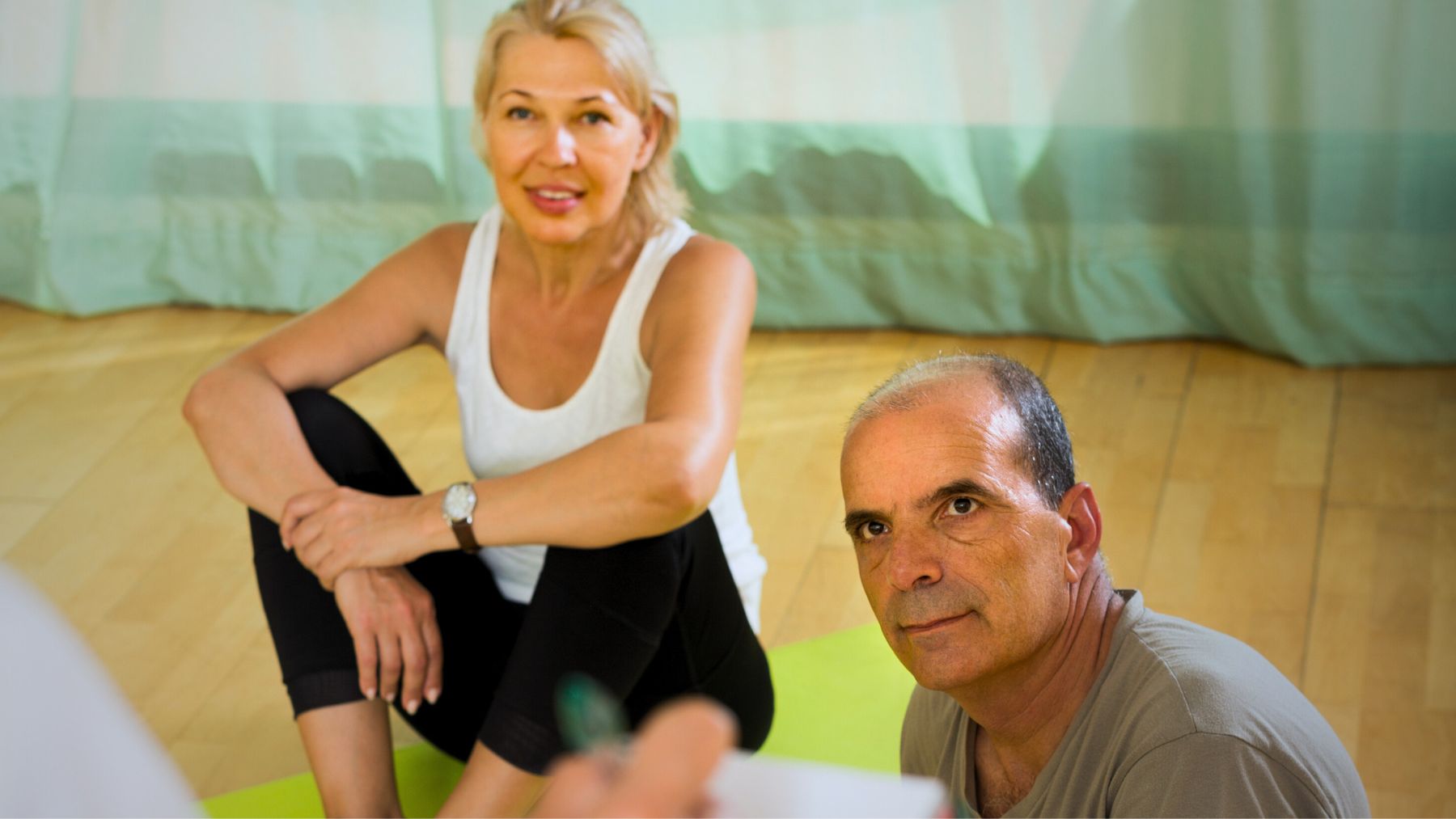Getting older doesn’t mean slowing down completely. In fact, many fitness experts stress the importance of staying active well past the age of 50. Regular exercise can help maintain strength, flexibility, and a sharp mind. But not every workout is equally good for older adults. The routines you followed in your 30s may become risky as you cross 50.
Even if you still feel strong and vibrant, certain exercises put unnecessary stress on your joints and muscles. The result can be lingering aches, injuries, and long recovery times. As the goal is to stay fit and well, let’s talk about one strength exercise experts say seniors over 50 should avoid.
What to skip in a fitness routine after 50
If you’ve ever visited a gym, you’ve probably seen the leg extension machine. You sit down, hook your feet under a padded bar, and lift it up and out to strengthen your quadriceps. It’s straightforward, but for seniors, this machine can create more problems than benefits.
Why is it risky? The seated leg extension puts direct pressure on your kneecaps. As you extend your legs, your knees take the brunt of the force, which can wear down cartilage over time. In people over 50, knee joints may already be feeling the effects of years of use. Adding extra load can lead to discomfort, inflammation, and even long-term damage.
Proper form is also tricky on this machine. Many gym-goers lock out their knees at the top of the movement, which adds more stress to the joint. If you have any history of knee pain, arthritis, or injuries, the leg extension machine can worsen these issues.
A better alternative is bodyweight squats or light resistance band exercises. These moves strengthen the quadriceps without placing excessive force on the kneecaps. They also work to support muscles around the hips and core, improving overall stability.
Other exercises seniors should avoid
If you’re adjusting your fitness routine after 50, here are a few more exercises to approach with caution:
- Behind-the-neck pull-downs: Pulling the bar behind your neck puts extra strain on your shoulders and can cause rotator cuff injuries.
- Heavy overhead presses: Pressing big weights overhead can strain your shoulders and upper back, especially if your range of motion is limited. Try lighter weights or substitute with front raises.
- Plyometric jumps: These can stress ankles, knees, and hips if your joints aren’t prepared. If you enjoy plyometrics, stick to lower-intensity versions with smaller jumps.
- Heavy deadlifts: Deadlifts are great for strength, but one wrong move can injure your lower back. If you do them, go light and keep perfect form.
- Sprinting: Going full-speed increases the risk of muscle pulls and joint stress. Brisk walking or light jogging can deliver solid cardio benefits with fewer risks.
Staying active after 50 is one of the best things you can do for your health. Regular movement supports heart health, keeps muscles strong, and boosts mood. The key is to be mindful of your body’s changes and choose exercises that match your current abilities.
Don’t be afraid to swap old routines for safer alternatives. Focus on low-impact movements, like walking, water aerobics, or gentle yoga. Resistance bands and light weights can also help you maintain muscle strength without overloading your joints. If you’re unsure where to start, talk to a fitness professional or your healthcare provider. They can guide you toward workouts that help you stay healthy, happy, and injury-free.
